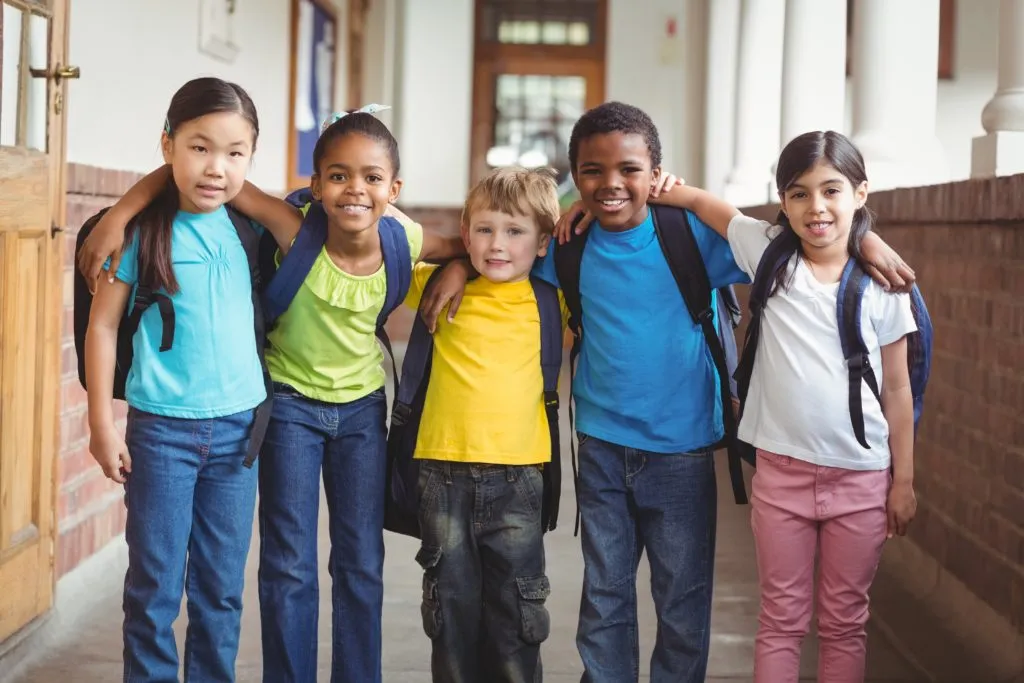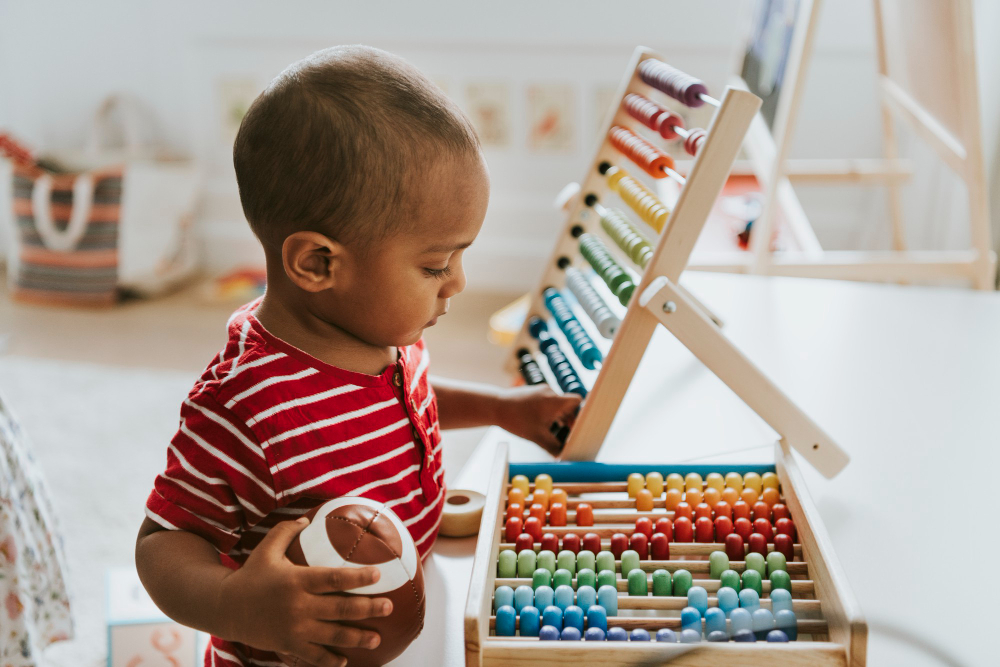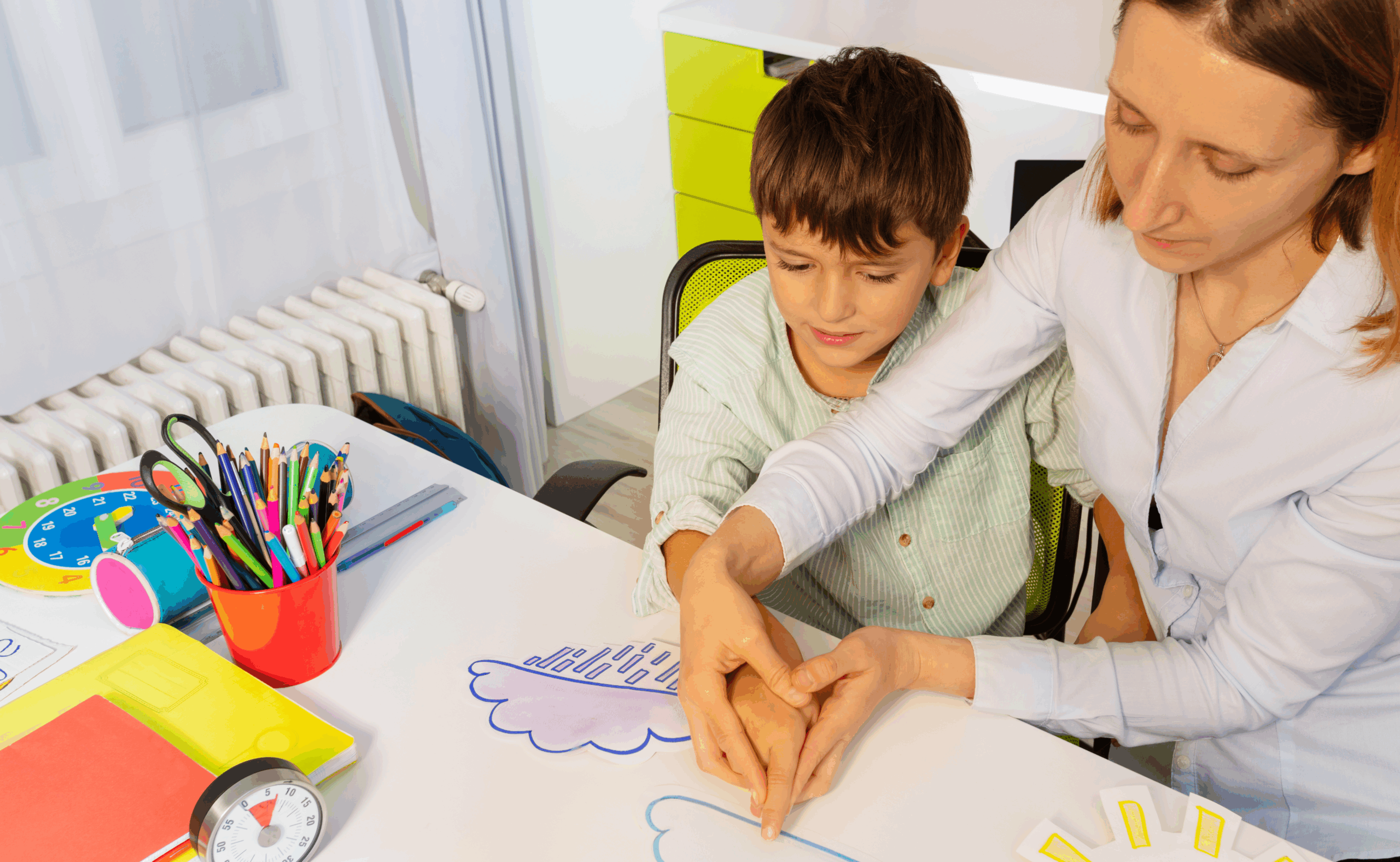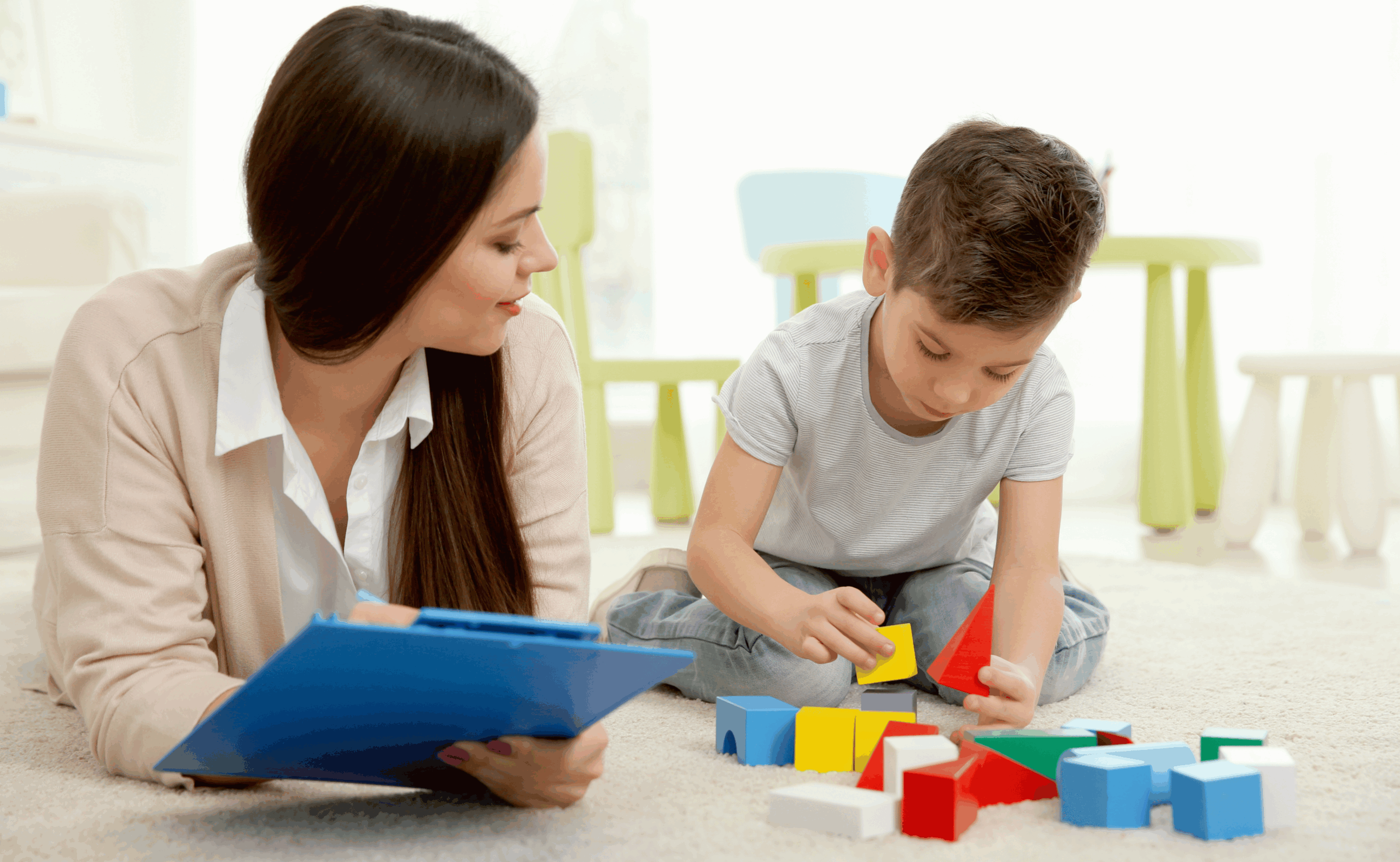Wondering when your child should be potty trained? Deciding the right time for this milestone can be a significant step in your child’s development.
Understanding the cues that indicate readiness and the techniques to facilitate this process can greatly impact the success of potty training. By exploring the signs of readiness and effective strategies, you can support your child through this essential change.
Stay tuned to discover the key factors to contemplate when determining the ideal time for potty training and how to navigate this journey successfully.
Importance of Potty Training
Potty training is an essential milestone in your child’s development, laying the foundation for independence and good hygiene habits. Knowing when to start this process is crucial, and many parents often ask, “When should a child be potty trained?” Most children in the US are potty trained by age 4, but the ideal window to begin ranges from 18 months to 3 years. Starting too early might lead to a longer training period, so it’s important to wait for signs of readiness between 18 months and 3 years old.
When it comes to answering the question, “When should a child be potty trained?” it’s all about positivity and encouragement. Use gentle language to discuss bodily functions, place a potty chair in a familiar spot, schedule regular potty breaks, and respond promptly to your child’s cues. Establishing a routine, providing positive reinforcement, teaching proper hygiene practices, and making the experience enjoyable are effective techniques to aid in successful potty training.
Nighttime dryness typically occurs between ages 5 and 7, so be patient during this shift period. Utilize disposable training pants and mattress covers, and always keep spare clothing handy, especially when you’re away from home. Accidents are a natural part of the process, so stay calm and supportive, avoiding scolding or shaming your child.
Signs of Readiness
Determining “When should a child be potty trained?” requires understanding the signs of readiness. Look for cues like your child’s willingness to learn, physical indicators such as holding pee, improved communication abilities, and a growing interest in doing things independently. Being observant of these readiness signs will help you start on the potty training journey with confidence and set the stage for a positive experience.
Ready to Learn
When considering the readiness of a child for potty training, it’s essential to observe specific signs that indicate they’re prepared for this developmental milestone. Look for cues like being dry for at least two hours, showing interest in using the potty, following simple instructions, and pulling down pants independently.
Children who express discomfort with dirty diapers or display an enthusiasm to wear big-kid underwear might also be ready. Remember, rushing into potty training too early can prolong the process. Encourage your child by using positive language around bodily functions, establishing a routine for potty breaks, and teaching proper hygiene practices.
Stay patient, offer praise for successes, and seek guidance from healthcare providers if needed.
Physical Cues
Observing the physical cues that indicate your child’s readiness for potty training is important for a successful shift to this developmental milestone. Look for signs such as staying dry for longer periods, expressing discomfort with dirty diapers, showing interest in using the potty, following simple instructions, and being able to pull down pants independently.
These cues suggest that your child is physically prepared for toilet training. Remember, rushing into potty training too early can lead to challenges. By paying attention to these physical cues and waiting for the right signals, you can make the process smoother and more successful for both you and your child.
Trust your instincts and your child’s signals to initiate on this exciting journey together.
Communication Skills
Recognizing the signs of readiness in your child for potty training involves paying attention to their communication skills and cues indicating their preparedness for this developmental milestone. Look for signs like being able to follow simple instructions, expressing discomfort with dirty diapers, or showing interest in using the potty.
Your child may also start communicating their need to go to the toilet or exhibit independence by pulling down their pants. Rushing into potty training too early can lead to challenges, so it’s essential to observe their readiness cues carefully. By noticing these communication skills, you can create a positive and successful potty training experience for your child.
Interest in Independence
To gauge your child’s readiness for potty training, focus on their growing interest in independence through various signs and behaviors. Look for cues like staying dry for longer periods, expressing discomfort with dirty diapers, showing curiosity about using the potty, following simple instructions, and attempting to pull down pants independently.
These signs indicate that your child may be ready to start potty training. Encourage this newfound independence by introducing positive language about bodily functions, placing a potty chair where they spend most of their time, establishing a regular potty schedule, and teaching proper hygiene practices.
Age-Appropriate Timing
At around 18 months to 2 years, it’s advisable to introduce the concept of potty training to your child. This age range is generally when children begin to show signs of readiness for toilet training. It’s important to be mindful of your child’s individual development and cues during this period. Starting the potty training process at this stage sets a solid foundation for future success.
During this age range, children typically start displaying signs of bladder control development. Introducing the idea of using the potty and familiarizing them with its purpose can help them understand the change from diapers to using the toilet. Encouraging brief periods of sitting on the potty and involving them in flushing and handwashing routines can also aid in their understanding of the process.
Individual Readiness Cues
When determining if your child is ready for potty training, observe their behavior for cues that indicate they’re prepared to move from diapers to using the toilet. Look for signs such as staying dry for longer periods, expressing discomfort with dirty diapers, showing interest in using the potty, following simple instructions, and pulling down pants independently. These cues suggest that your child may be physically and developmentally ready to begin the potty training journey.
Ensuring to pay attention to your child’s readiness cues to guarantee a smoother and more successful change. Signs of readiness typically appear between 18 to 24 months, although some children may not be ready until around age 3. Rushing into potty training before your child is prepared can lead to challenges and a prolonged training process. By waiting for these individual cues, you can set your child up for a positive toilet training experience.
Parental Preparation Tips
Prepare yourself for the potty training journey by familiarizing yourself with essential parental readiness tips to confirm a smooth and successful change for your child. Begin by discussing nappy changes with your child to introduce the concept of wee and poo. Make a potty visible and explain its purpose to your child, letting them observe others using it. Encourage brief sitting on the potty and familiarize them with shifting and handwashing routines.
Implement potty training by keeping a potty in the bathroom and encouraging its use after meals or during predictable poo times. Start with encouraging wee use to build your child’s confidence and remain calm, avoiding fuss over accidents. Utilize training pants and pull-ups to shift to regular underwear, ensuring they don’t replace nappies entirely. For nighttime accidents, consider waterproof sheets.
Seek additional support from organizations like ERIC and consult with healthcare professionals for guidance. Stay positive and use rewards to motivate your child throughout the process. Remember to be patient, consistent, and understanding of the challenges that may arise. By preparing yourself with these tips, you can support your child effectively on their potty training journey.
Potty Training Methods
When considering potty training methods, it’s crucial to focus on:
- The timing for training,
- Options for a reward system,
- Maintaining consistency in your approach.
By timing the training right, using rewards effectively, and staying consistent, you can help make the process smoother for both you and your child.
Timing for Training
At around 18 months to 2 years old, you can introduce your child to the potty as a starting point for toilet training. Keep the process positive by choosing a child-sized potty-chair and making potty time enjoyable.
Model good behavior by letting your child see you using the toilet. Help your child recognize signs of needing to use the toilet and encourage them to take charge of their toileting. Remember to be patient and avoid using negative words.
Reward System Options
Consider implementing a reward system as a positive reinforcement method to aid in your child’s potty training journey. Rewards can motivate and encourage your child to use the potty consistently. Options include small treats like stickers, extra playtime, or special privileges. Choose rewards that excite your child and are easy to deliver immediately after successful potty trips.
Be consistent in offering rewards to reinforce good behavior. Celebrate every success, whether big or small, to keep your child engaged and enthusiastic about using the potty. Remember, the goal is to create a positive association with potty training, making it a rewarding experience for both you and your child.
Consistency in Approach
To maintain a successful potty training journey, it’s important to establish a consistent approach in your chosen potty training methods. Guarantee helps your child understand expectations and reinforces learning. Stick to a routine, using the same cues and methods each time.
Whether you choose the potty or toilet training, consistency is key. Make sure that caregivers and family members also follow the same approach to avoid confusion for your child. Celebrate successes and handle setbacks calmly to maintain a positive atmosphere.
Common Challenges Faced
Facing common challenges during potty training can be frustrating, but you’re not alone.
From potty regression signs to resistance to training, accidents, and nighttime bedwetting, these hurdles are normal.
Remember to stay patient, consistent, and seek guidance if needed to navigate through these obstacles successfully.
Potty Regression Signs
Recognizing signs of potty regression can be challenging but understanding common indicators can help navigate this phase of toilet training. Common challenges faced during potty regression include increased accidents, refusal to use the potty, sudden resistance to toilet training, and reverting back to needing diapers. Children may also show signs of frustration or lack of interest in toileting.
To address potty regression, maintain a calm and supportive attitude, offer reassurance, and avoid punishment for accidents. Encourage open communication with your child to understand any underlying reasons for the regression. Providing consistency in routine and positive reinforcement can help your child overcome this phase successfully.
Nighttime Bedwetting Issues
Managing nighttime bedwetting challenges can be a common hurdle during the potty training journey for many families. Achieving nighttime dryness typically occurs between ages 5 and 7, with variations among children.
Ensuring calmness and avoiding scolding or shaming your child for accidents is crucial. Using disposable training pants and mattress covers can help during this changeover period. Keep spare clothing and underwear handy, especially when away from home.
Resistance to Training
During the potty training journey, parents commonly encounter challenges related to resistance to training, which can be a natural part of the process as children navigate this developmental milestone. Your child may show reluctance or refuse to sit on the potty or toilet, leading to frustration and setbacks.
This resistance can stem from fear, a desire to maintain control, or simply not being ready yet. It’s crucial to approach this phase with patience and understanding. Encouraging your child with positive reinforcement, creating a comfortable and inviting potty environment, and allowing them to progress at their own pace can help overcome resistance.
Accidents and Cleanup
Dealing with accidents during potty training can be challenging, requiring patience and consistent strategies to navigate through this phase effectively. Accidents are a common part of the learning process, so stay calm and avoid scolding your child.
Have spare clothing and underwear ready, especially when away from home. Use disposable training pants and mattress covers for nighttime accidents. Maintaining a positive and supportive attitude, offering praise for successes and avoiding punishment for mishaps is crucial.
Remember that accidents are a natural part of the journey towards potty training success. By staying patient, consistent, and supportive, you can help your child move smoothly through this phase.
Positive Reinforcement Techniques
Opting for positive reinforcement techniques can greatly enhance your child’s potty training experience and success. By focusing on positivity, you can create a supportive environment that motivates and encourages your child throughout the training process. Celebrating small victories, such as successfully using the potty or showing progress, helps boost your child’s confidence and reinforces good behavior.
One effective method is using verbal praise to acknowledge your child’s efforts. Offering words of encouragement like ‘Great job!’ or ‘I’m so proud of you!’ can make your child feel accomplished and enthusiastic to continue their potty training journey. Additionally, rewarding your child with small incentives like stickers, extra playtime, or a favorite snack can serve as positive reinforcement for using the potty consistently.
Consistency is key when implementing positive reinforcement techniques. Make sure to praise and reward your child each time they exhibit desired behavior to reinforce the connection between using the potty and positive outcomes. Remember to keep the rewards simple, immediate, and age-appropriate to maintain their effectiveness.
Nighttime Potty Training
When preparing to tackle nighttime potty training with your child, it’s vital to approach this milestone with patience and consistency. Achieving nighttime dryness typically occurs between the ages of 5 and 7. During this period, using disposable training pants and mattress covers can be helpful in managing accidents. It’s essential to stay calm and avoid scolding or shaming your child for nighttime wetting incidents. Keeping spare clothing and underwear readily available, especially when away from home, can ease the process for both you and your child.
Nighttime potty training may present its challenges, such as the child feeling anxious about using the toilet at night or having difficulties waking up to go. To address these challenges, maintain a supportive and reassuring attitude, create a bedtime routine that includes a final bathroom visit, and limit fluid intake before bedtime. Consistency is key in helping your child shift to nighttime dryness successfully.
Celebrating Milestones
Celebrate your child’s potty training milestones with positive reinforcement and encouragement, acknowledging their progress and achievements along the way. Each step forward, whether big or small, is a significant accomplishment in their journey towards independence. By celebrating these milestones, you not only boost their confidence but also reinforce their potty training efforts.
When your child successfully uses the potty for the first time, cheers, claps, or a special treat can go a long way in showing them how proud you are. As they consistently use the potty, offer words of praise and encouragement to let them know they’re doing a great job. Small rewards like stickers or a favorite activity can further motivate them to continue their potty training journey.
It’s essential to celebrate not only when they get it right but also when they show progress or effort, even if accidents happen along the way. By focusing on the positives and highlighting their achievements, you create a supportive and nurturing environment that makes potty training a positive experience for your child. Remember, each milestone reached is a step closer to fully mastering this essential skill.
Conclusion
Potty training is a significant step in your child’s development, and understanding when to start can make all the difference. By following the tips and insights in this article, you’ll be better equipped to navigate this important milestone with confidence and positivity.
If you’re looking for a supportive environment to continue fostering your child’s growth, Clever Bee Academy is here to help. Our world-class early childhood education programs in Ohio are designed to inspire and engage young minds, preparing them for success in school and beyond. From infancy to twelve years old, we offer comprehensive child care and education services that encourage a love for learning.
To learn more about our programs and how we can support your child’s journey, visit our website or contact us at 216-777-3505 . Let Clever Bee Academy help your child BEE the best they can BEE. We look forward to welcoming you and your child to our family.
Frequently Asked Questions About When Should a Child Be Potty Trained?
How Can a Child’s Cultural Background Impact the Timing and Approach to Potty Training?
In understanding how a child’s cultural background influences potty training, consider that various cultures have unique beliefs and practices. Sensitivity to cultural norms guarantees respectful and effective approaches, enhancing the potty training experience for both child and caregiver.
Are There Any Potential Long-Term Effects of Starting Potty Training Too Early or Too Late?
Starting potty training too early or late can impact a child’s development. Early training might lead to resistance, while late training could affect independence. Balance is key for successful potty training without long-term effects.
What Role Does a Child’s Temperament Play in the Potty Training Process?
When guiding potty training, your child’s temperament can greatly influence the process. Some may resist, while others embrace it enthusiastically. Stay patient, adaptable, and celebrate their progress to create a positive experience for both of you.
How Can Parents Address Potty Training Regressions or Setbacks Effectively?
When setbacks occur in potty training, acknowledge your child’s feelings and offer reassurance. Stay consistent with routines, provide positive reinforcement, and address any underlying issues calmly. Seek professional guidance if challenges persist, ensuring a supportive approach throughout the process.
Are There Any Alternative Potty Training Methods or Approaches for Children With Special Needs or Developmental Delays?
While there are traditional methods, exploring alternative potty training approaches for children with special needs or developmental delays can be beneficial. You might find custom strategies tailored to your child’s unique requirements and progress.







